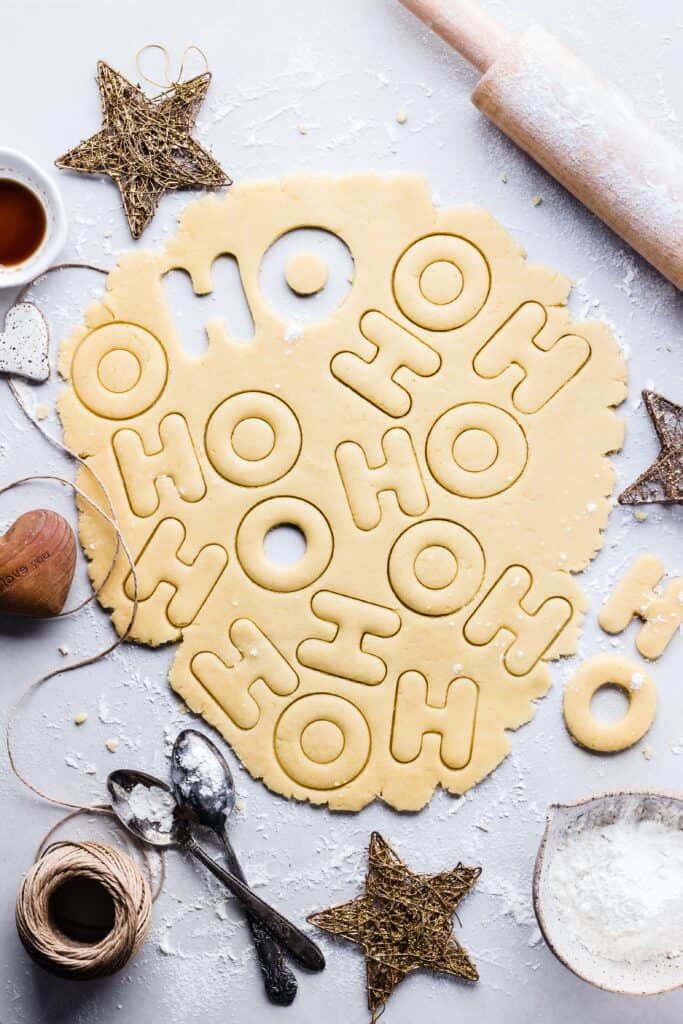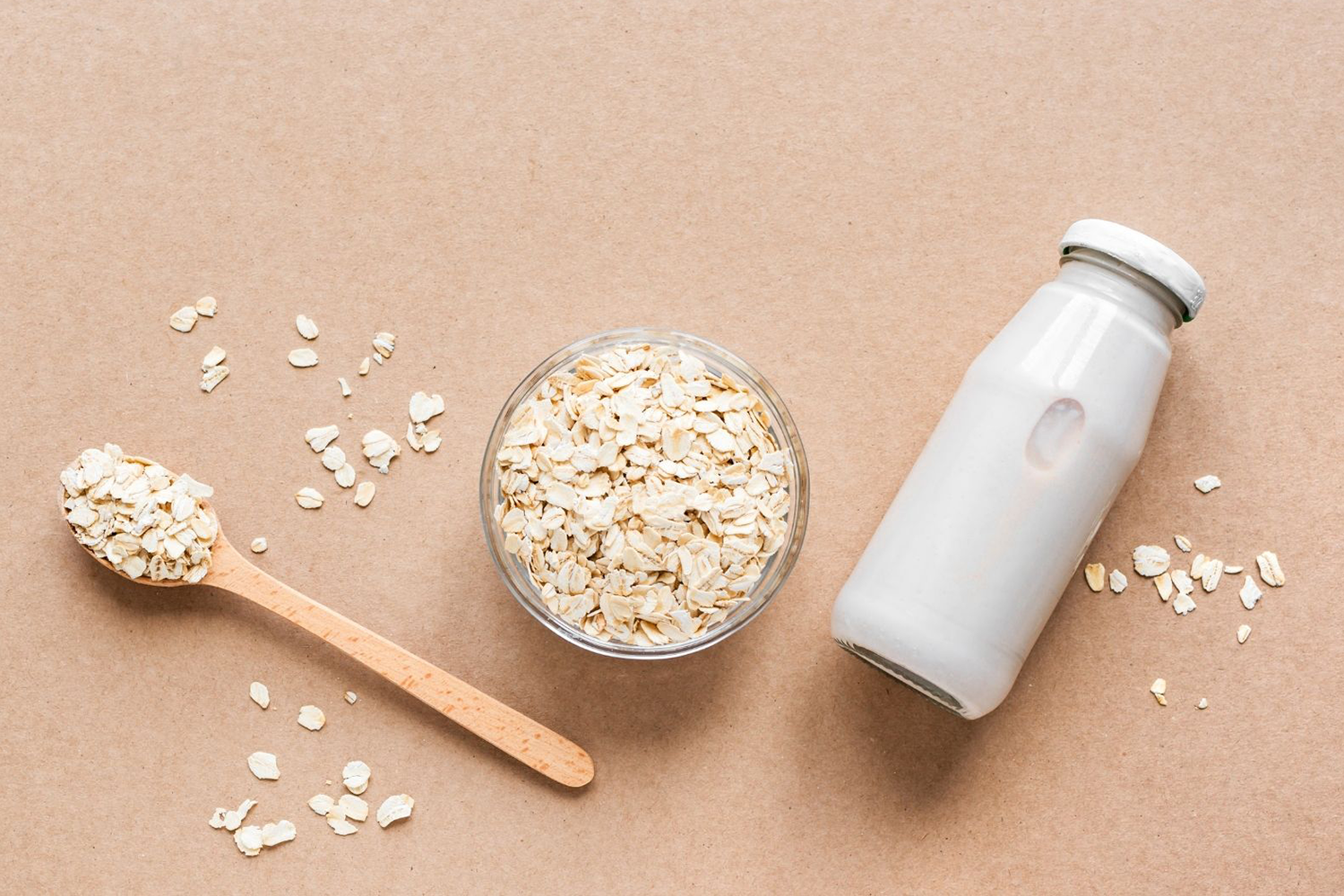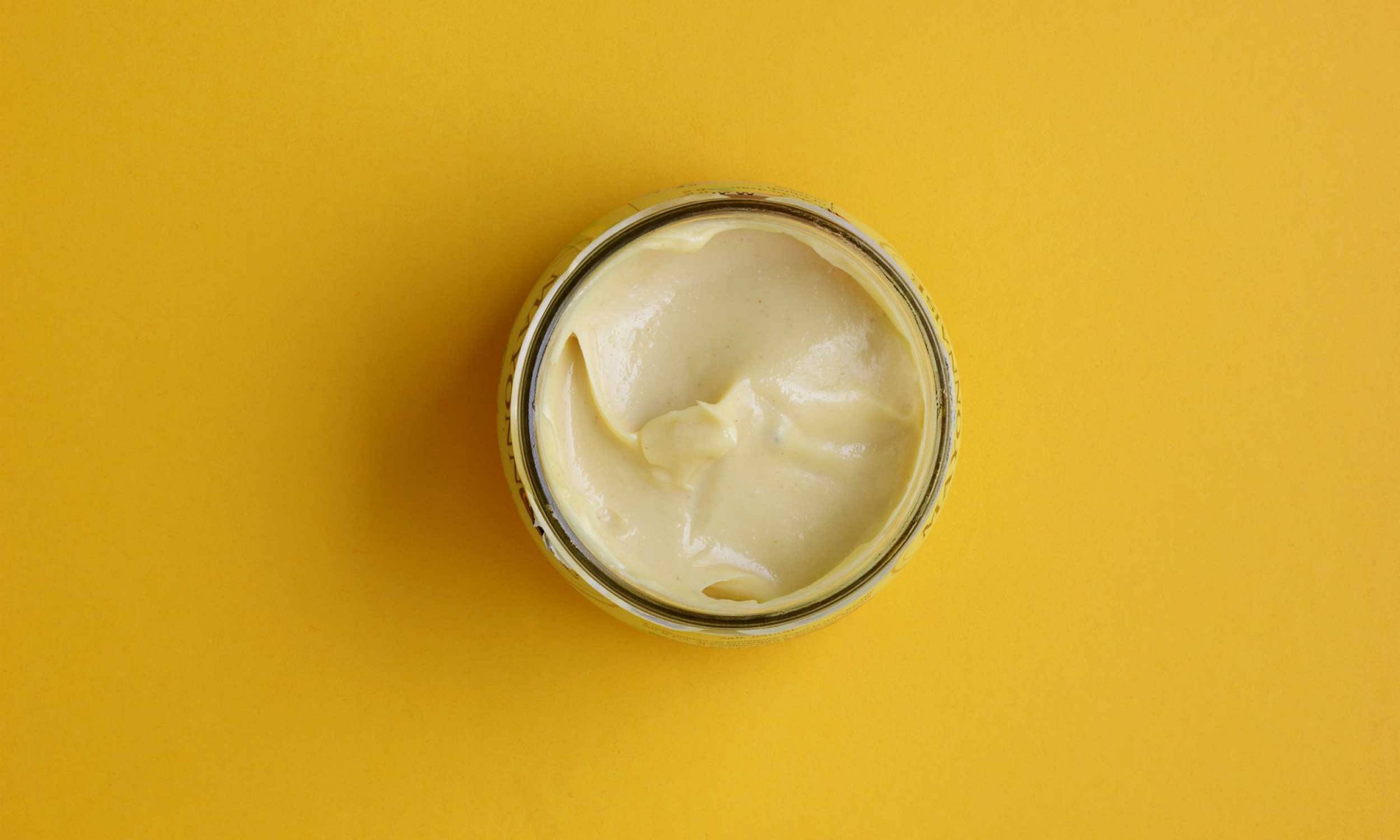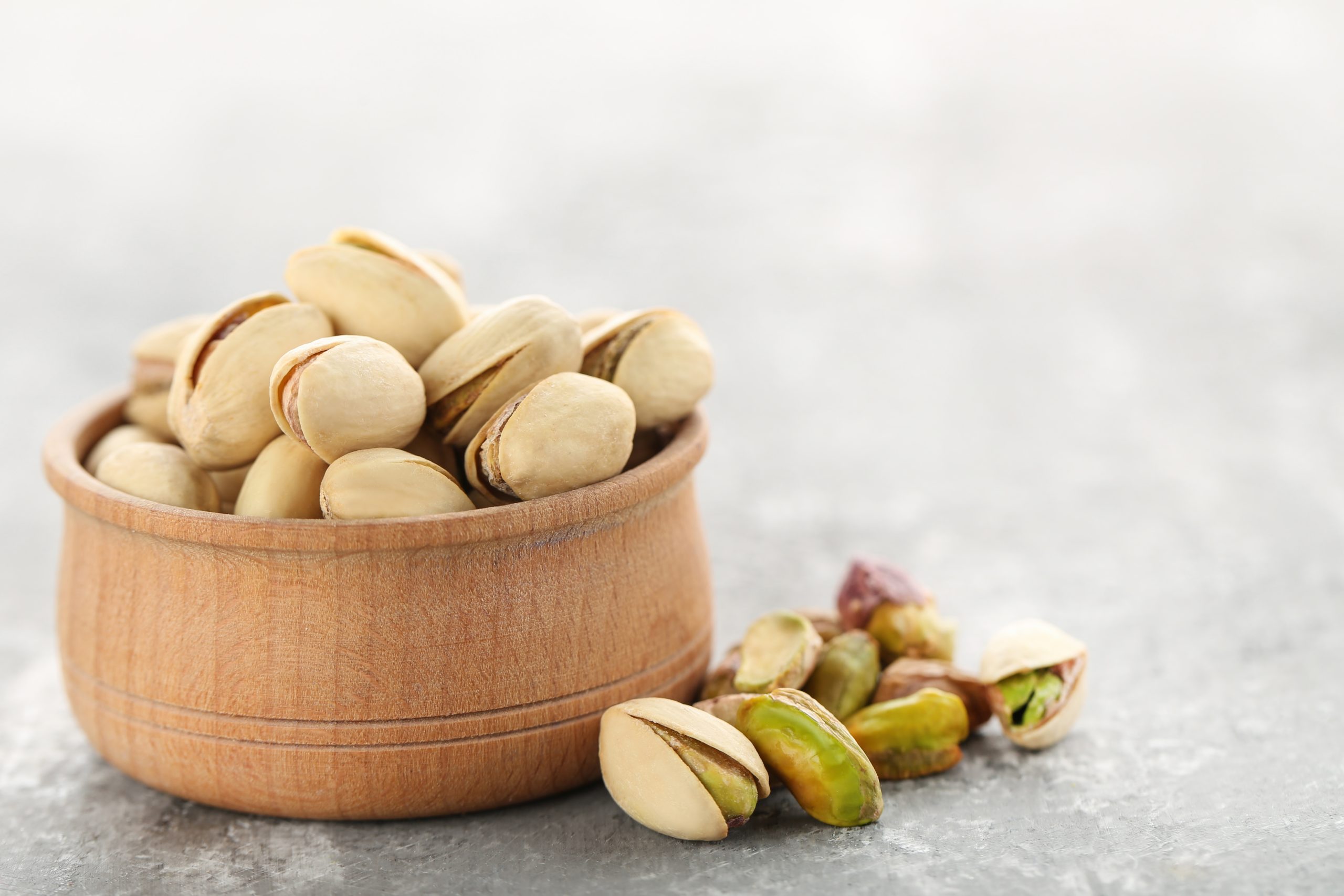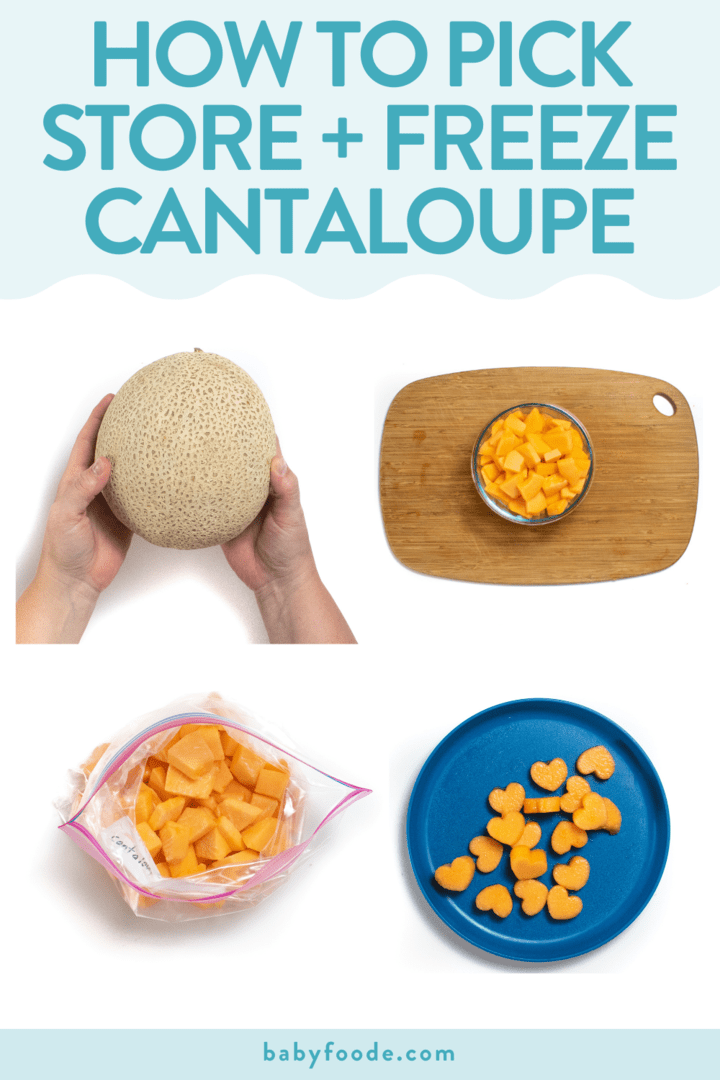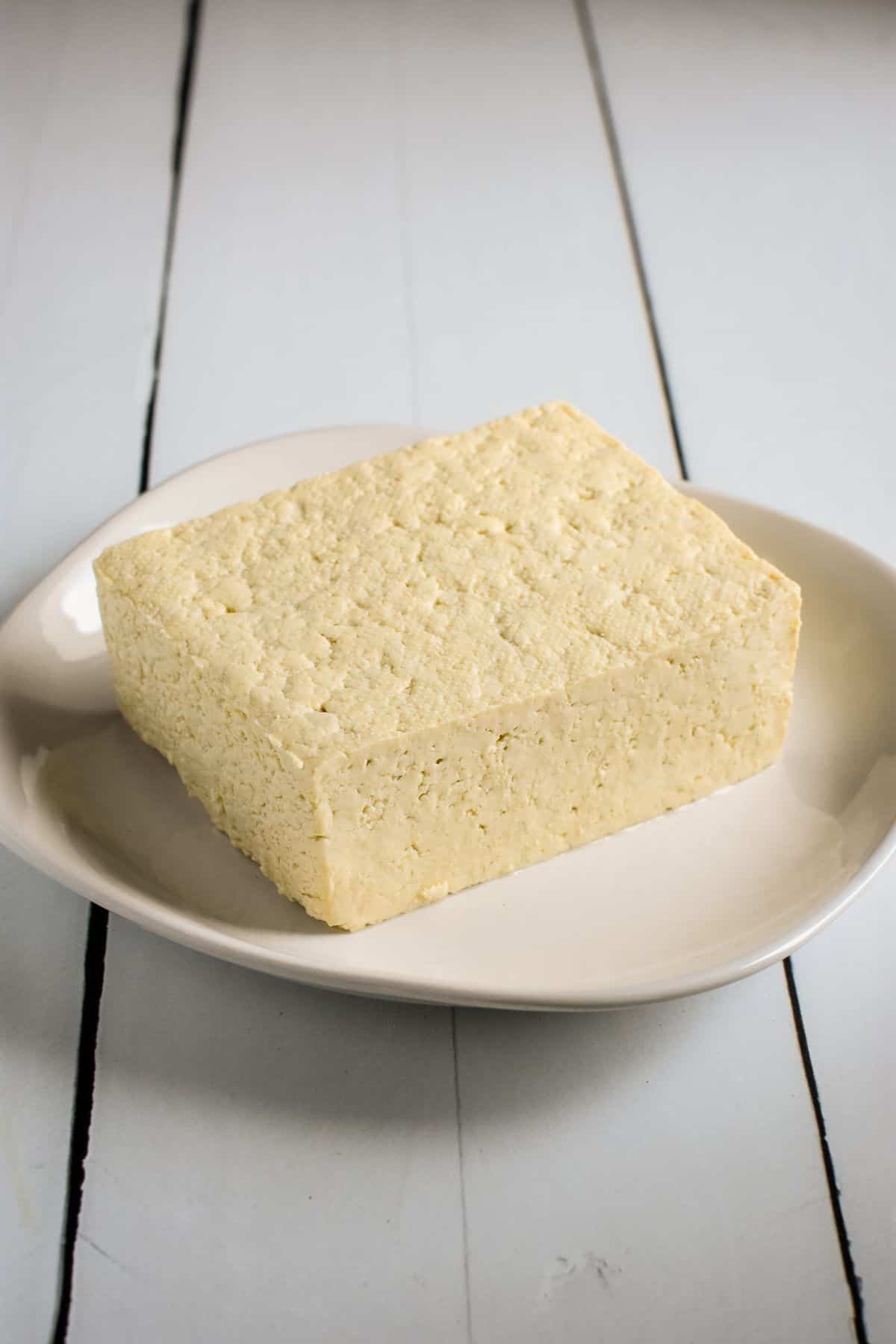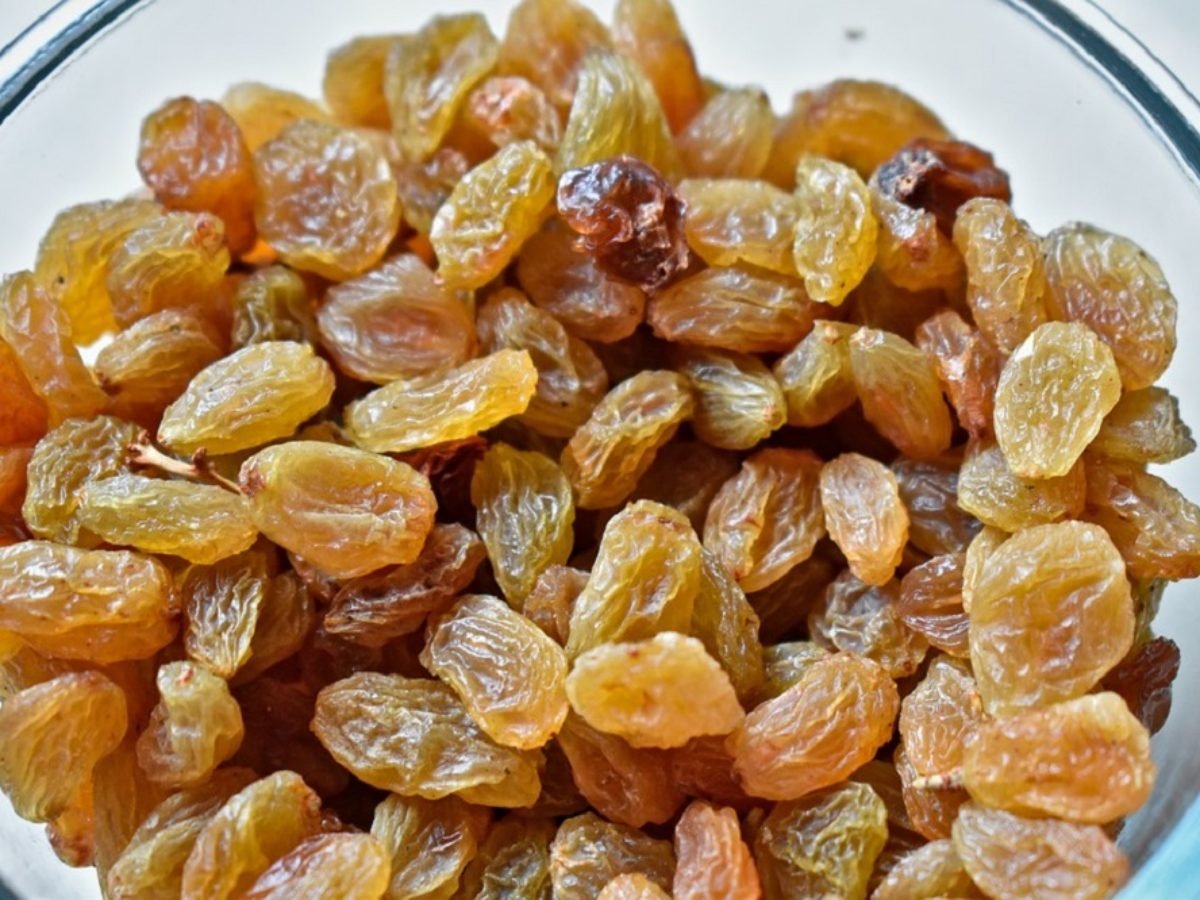How Long Does Cookie Dough Last in the Fridge? Essential Tips for Safe and Delicious Homemade Baking
– Cookie dough can be stored in the refrigerator for 3-5 days in an airtight container.
– Store-bought cookie dough lasts longer due to added preservatives, with an expiration date that can be extended by one week.
– Homemade dough should be used within 3-5 days but may last up to one week.
– Signs of spoiled dough include visible mold, off smells, and hard or discolored edges.
– Freezing dough is possible for both store-bought and homemade, with a shelf life of two months in the freezer.
– Frozen cookies can be stored in the freezer for 8-12 months.
– Cookies can be baked directly from their frozen state, but may require a few additional minutes of baking time.
– If freezing a log of cookie dough, it is advised to let it thaw slightly in the fridge before slicing.
– For cut-out cookies, the dough can be rolled out and frozen in sheets separated by parchment paper in zip-top bags.
– When ready to bake, a sheet can be pulled from the freezer, thawed a bit in the fridge, and the cookies can be cut out and baked.
